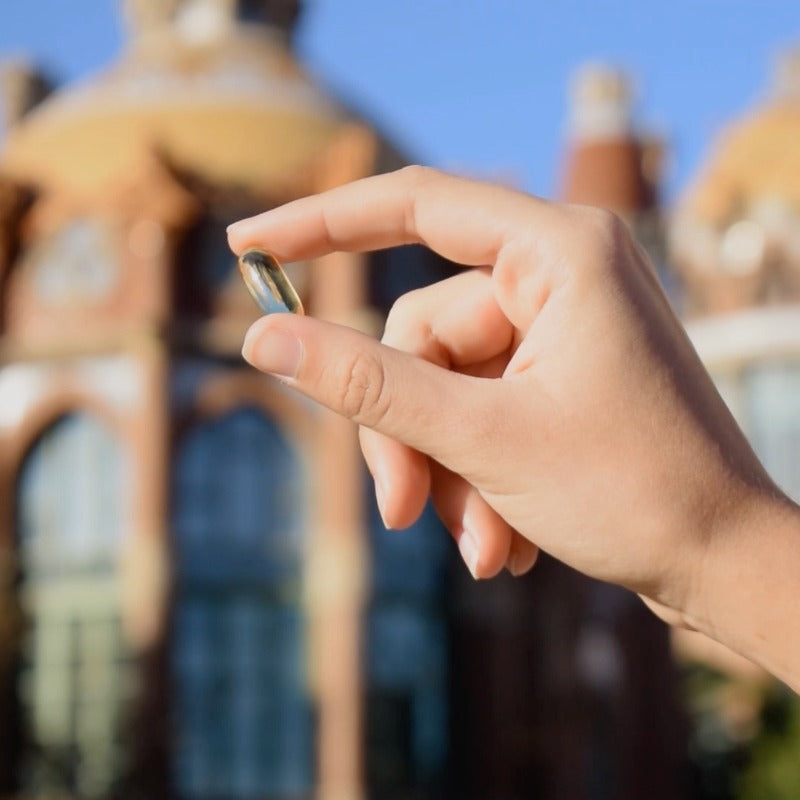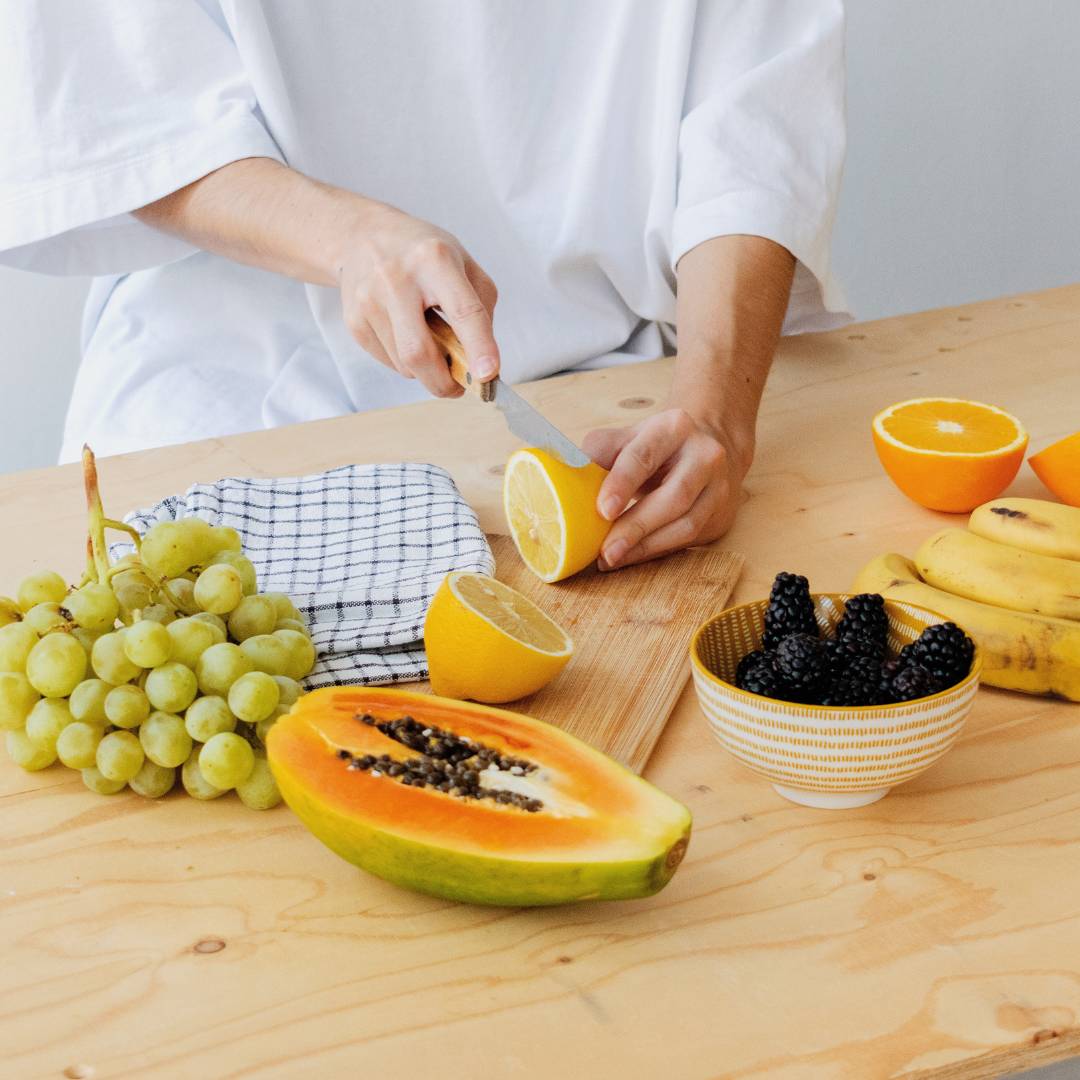Matcha tea is a high-quality powdered green tea with many beneficial properties for the body. It differs from other green teas in the way it is grown, as the Camellia sinensis plants are covered to protect them against the sun weeks before the harvest. This increases the chlorophyll and amino acids in the leaves, giving them a deep green colour and unique flavour.
Where Does Matcha Tea Come From?

Matcha has its roots in China during the Song Dynasty, but it was in Japan that it was perfected and became a fundamental element of the Chanoyu or 'tea ceremony'.
More than 800 years ago, Japanese Buddhist monks travelling in China were fascinated by this variety of green tea and decided to bring back tea plants to cultivate in Japan. At that time, however, matcha tea was already a socially revered tea in China, and its consumption was reserved for the social elite.
When matcha tea began to be cultivated in Japan, Buddhist monks and samurai became the main consumers of matcha. On the one hand, Buddhist monks used matcha to promote relaxation and concentration during their long hours of meditation. On the other hand, samurai drank it before battle to increase their energy levels and, like the Buddhist monks, to improve their concentration.
Matcha tea is still considered the finest, rarest and most special tea in Japan. Today, thanks to its great properties, delicious taste, and excellent texture, its consumption has spread worldwide and become the drink of choice in European cafés [1].
Matcha and its Multiple Health Benefits
Matcha is known for its many active ingredients, including catechins, L-theanine, vitamins E and C, and beta-carotene. This is why this type of tea has so many health benefits. Here is a list of the main benefits [2]:
- Antioxidant function: Antioxidants are essential for neutralising free radicals in the body, protecting cells from damage and premature ageing. As mentioned above, matcha is particularly rich in catechins, powerful antioxidants that help improve the body's resistance and combat cell and skin ageing.
- Improves mood and concentration: Thanks to L-theanine, an amino acid that stimulates the production of dopamine and serotonin, matcha can help improve memory, mood, and concentration while reducing anxiety and stress.
- Boost your energy levels naturally: The combination of L-theanine and caffeine in matcha provides an energy boost without the rapid peaks and slumps associated with coffee.
- Boost your immune system: Rich in antioxidants, vitamin C, and polyphenols, matcha boosts the body's defences against oxidative stress.
- Digestion: Its ability to soothe the mucous membranes of the digestive system is due to its antioxidants, L-theanine, fibre, and chlorophyll. Antioxidants and theanine can reduce inflammation and promote relaxation, while fibre and chlorophyll support digestive health and 'detoxification' of the gastrointestinal tract. These properties make it an effective natural remedy for treating indigestion.
- Diuretic effect: Matcha contains caffeine, a natural diuretic. Caffeine stimulates the elimination of fluids, which aids detoxification and reduces fluid retention.
- Lipolytic properties: Matcha promotes weight loss and fat burning due to its high catechin content, especially epigallocatechin glycoside (EGCG). This antioxidant increases metabolism and fat oxidation, contributing to the tea's lipolytic properties.
-
Benefits for cognitive function: The L-theanine in matcha promotes relaxation and improves concentration and mental clarity. This effect is complemented by caffeine, which improves alertness and attention, making matcha an ally for cognitive function.
|
Did you know...?
Compared to regular green tea, matcha tea contains about 10 times more active ingredients with beneficial properties [2].
|
How to Choose the Best Matcha Tea
The quality of matcha depends on several factors, including the origin, the harvesting season and the grinding process. To determine the quality of a matcha tea, you should look at three elements: colour, texture, and flavour.

Colour
Colour is the first indicator of whether or not a matcha tea is of good quality. During the shading phase, young tea plants (known as tencha) produce large amounts of chlorophyll and amino acids. These components give the leaves their intense green colour, which can also be seen after the tea has been ground. Therefore, the more intense the green colour of the matcha, the higher the quality.
Texture
Before the tea leaves are ground into Matcha tea, all unwanted elements of the plant, such as the stems, are removed, leaving only the pulp of the young tea plant, which has medicinal properties, ready to be ground. High-quality Matcha powder has an ultra-fine texture, which can also be tested tactilely with a trace test.
Flavour
This is the most obvious indicator. The large amount of chlorophyll and amino acids in good quality matcha tea gives it a nutty and sweet taste (known as 'umami'). If the taste of matcha tea is bitter, it is not of good quality.
Types of Matcha Tea by Quality Grade
There are also different types of matcha tea, depending on the quality of the leaf and the process by which the tea is made.
Firstly, there is Ceremonial Grade tea. Ideal for drinking on its own, it is distinguished by its superior quality and refined flavour. Ceremonial Grade teas are of the highest quality. Ceremonial Grade Matcha has a vibrant green colour, a mild taste and a fresh aroma with no bitterness.
After Ceremonial Grade we find Premium Grade Matcha, which is an intermediate quality. It is an excellent choice for everyday use as it offers a good balance between quality and price.
Finally, there is the Culinary Grade Matcha. This lower-quality matcha is intended for cooking and baking and is more astringent and less intense in colour [3].
|
Did you know...?
Matcha provides a more sustained energy boost than coffee because the plant's phytonutrients slow down the release of caffeine in the body. This results in a longer-lasting feeling of alertness [2].
|
Tips on How to Prepare a Good Matcha Tea
Preparing a cup of matcha tea can be defined as an art. To prepare a good cup of matcha in the traditional way, you need a bamboo whisk (called a chasen), a bowl (called a chawan) and a bamboo spoon (called a chasaku), which can also be used as a measuring spoon.
First, we use the bamboo spoon to scoop 1g of matcha into the bowl. Some people prefer to put the matcha powder through a sieve to prevent lumps from getting into the drink. However, this step is optional.
Next, add about 60ml of water at a temperature of 80°C - 95°C. The water mustn't boil (water boils at 100°C). Some matcha kits come with a ceramic container of about 65ml, so you can pour the boiling water into this and wait for it to cool down to the right temperature.
Then start whisking with the bamboo whisk in a vigorous zig-zag or 'W' motion. When you see a very fine foam on top, it is ready.
Finally, add more hot water or milk to your drink and enjoy!
Zenement Ceremonial Matcha Tea
Our Organic Matcha belongs to the Ceremonial category, which is reserved exclusively for the first harvest. In addition, our matcha comes from Japan and is grown in Kagoshima. We follow the Japanese tradition of making Matcha by grinding the tea in traditional stone mills, not metal mills, as was done 500 years ago. This ensures that the active ingredients do not oxidise.
Our Matcha is additive-free, with no added sugar, colouring, or preservatives.
In conclusion, Matcha is not just a tea, it is a rich cultural experience and a powerful source of active ingredients with health benefits. Now you know, when choosing Matcha, make sure you get the best quality and organoleptic characteristics to enjoy the experience.
References:
[1] Jakubczyk, K., Ligenza, A., Gutowska, I., & Janda-Milczarek, K. (2022). Fluoride Content of Matcha Tea Depending on Leaf Harvest Time and Brewing Conditions. Nutrients, 14(12), 2550.
[2] Kochman, J., Jakubczyk, K., Antoniewicz, J., Mruk, H., & Janda, K. (2020). Health Benefits and Chemical Composition of Matcha Green Tea: A Review. Molecules (Basel, Switzerland), 26(1), 85.
[3] Najman, K., Sadowska, A., Wolińska, M., Starczewska, K., & Buczak, K. (2023). The Content of Bioactive Compounds and Technological Properties of Matcha Green Tea and Its Application in the Design of Functional Beverages. Molecules (Basel, Switzerland), 28(20), 7018.






